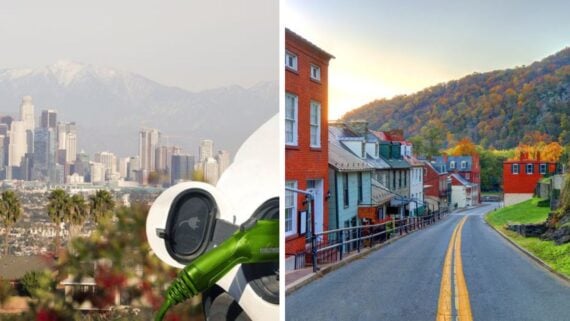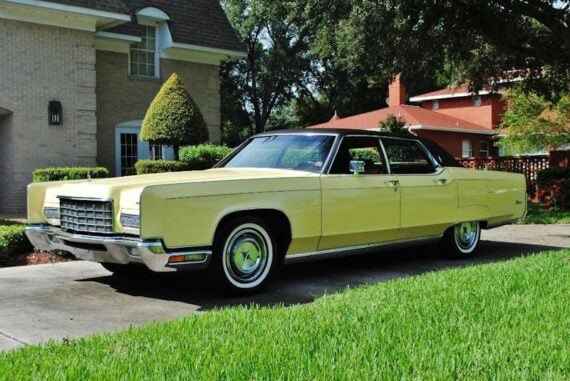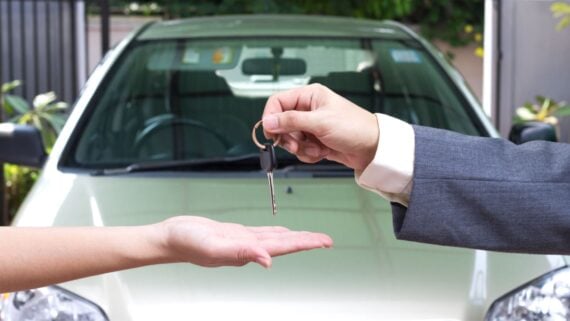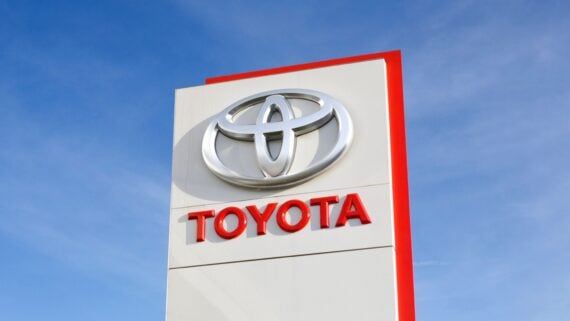Thinking about buying or leasing an electric vehicle (EV), but not sure if it’s the best option for where you live? To help in your decision, the car-research site iSeeCars.com has compiled a helpful study of the states in America that are the most and least EV-friendly.
If there’s one common theme that ran rampant amongst the states that don’t take too kindly to electric vehicles, it’s the overall lack of incentives. Tax rebates for the purchase of an electric vehicle can truly change the game when it comes to getting more electric vehicles on the road. EV infrastructure (e.g. charging stations) is another that the iSeeCars report took into account.
Read on to learn more about the most and least EV-friendly states in the U.S.
Related: Electric Car Regrets: What to Know Before Buying
Best: Vermont
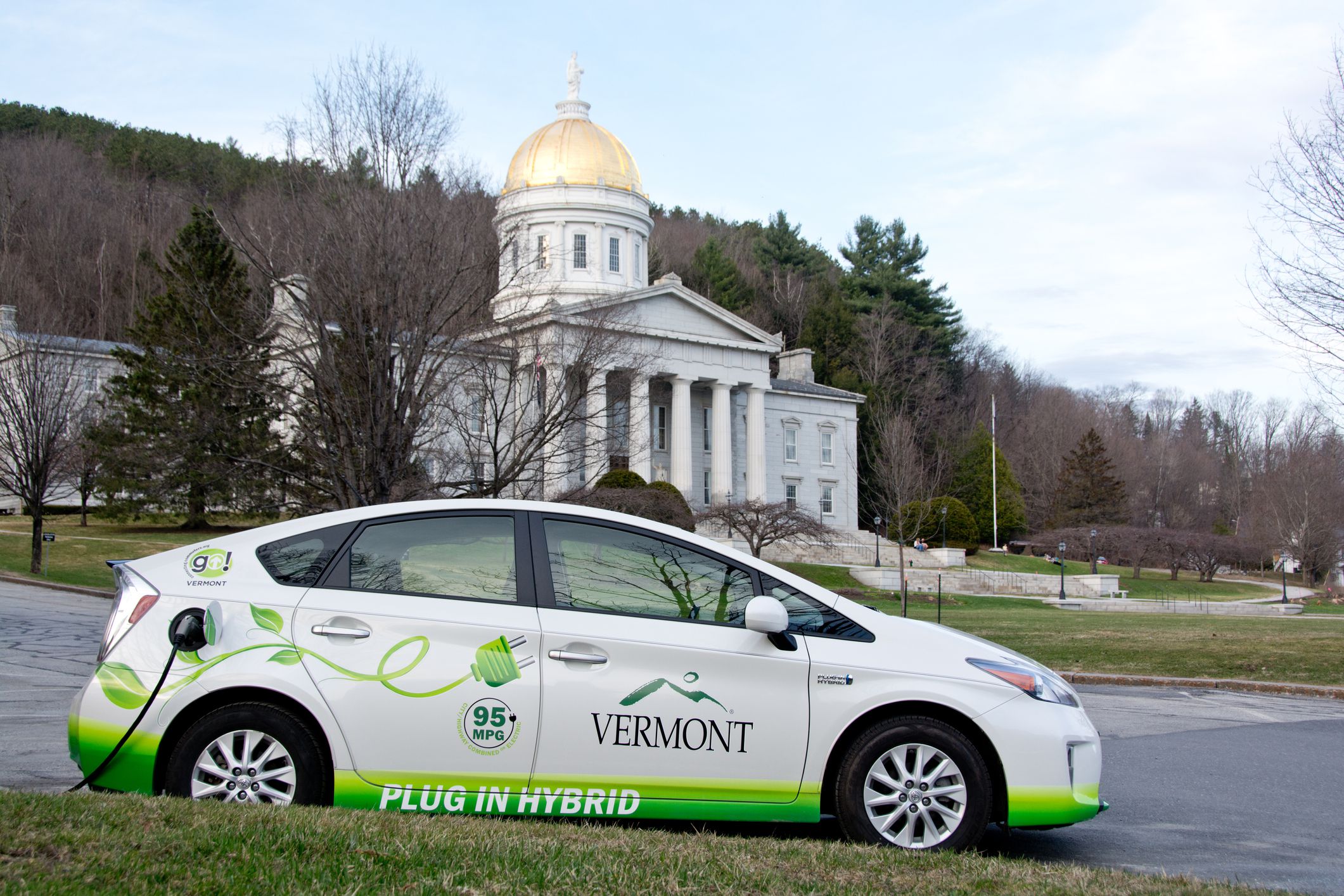
Residents per Charger: 695
Total Chargers: 931
As recently as July 31, 2023 there were upwards of 9,000 electric vehicles that were registered in Vermont. Out of all these, 54% were all-electric battery electric vehicles. Vermont is incredibly accommodating to anyone who wants to commit to driving an electric vehicle. In the year of 2023, there was one public charger for every 5-6 cars in Vermont. That alone played a huge role in electric vehicles gaining such popularity within Vermont.
Related: Car Companies Making EV Investments in America
2nd Best: California
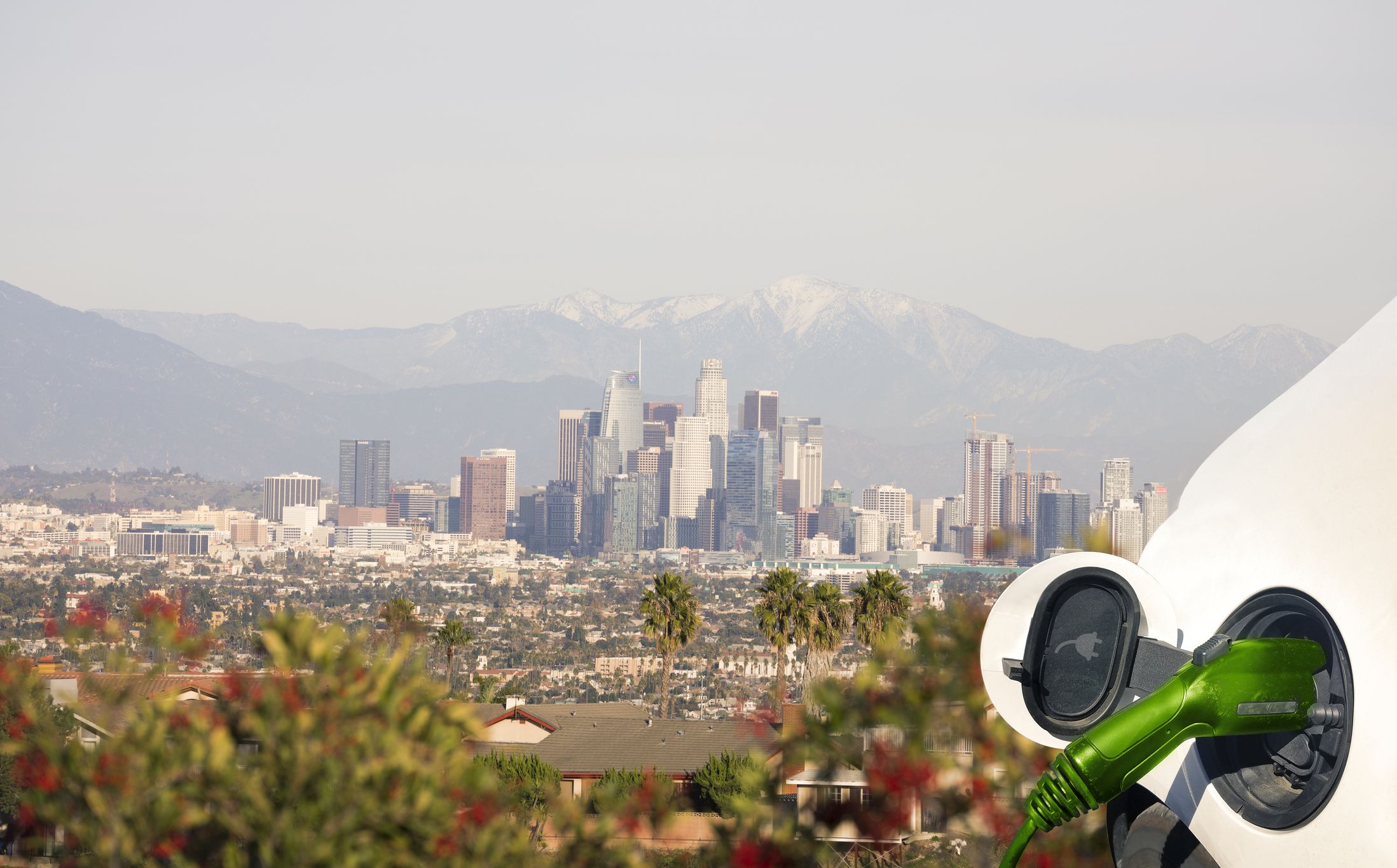
Residents per Charger: 757
Total Chargers: 51,490
California is crushing it when it comes to serving as a state that makes driving electric vehicles seem so common. Within California, numerous top-ranking cities have crazy numbers regarding residents per charger and total chargers available. According to iSeeCars, the San Francisco-Oakland-San Jose metro area has 412 residents per charger, and 15,874 chargers total. You also have San Diego holding it down with 670 residents per charger, and 4,244 total chargers. Then there’s Los Angeles with 724 residents per charger and 21,537 total chargers.
Related: 10 Cheap Electric Cars To Buy
3rd Best: Massachusetts
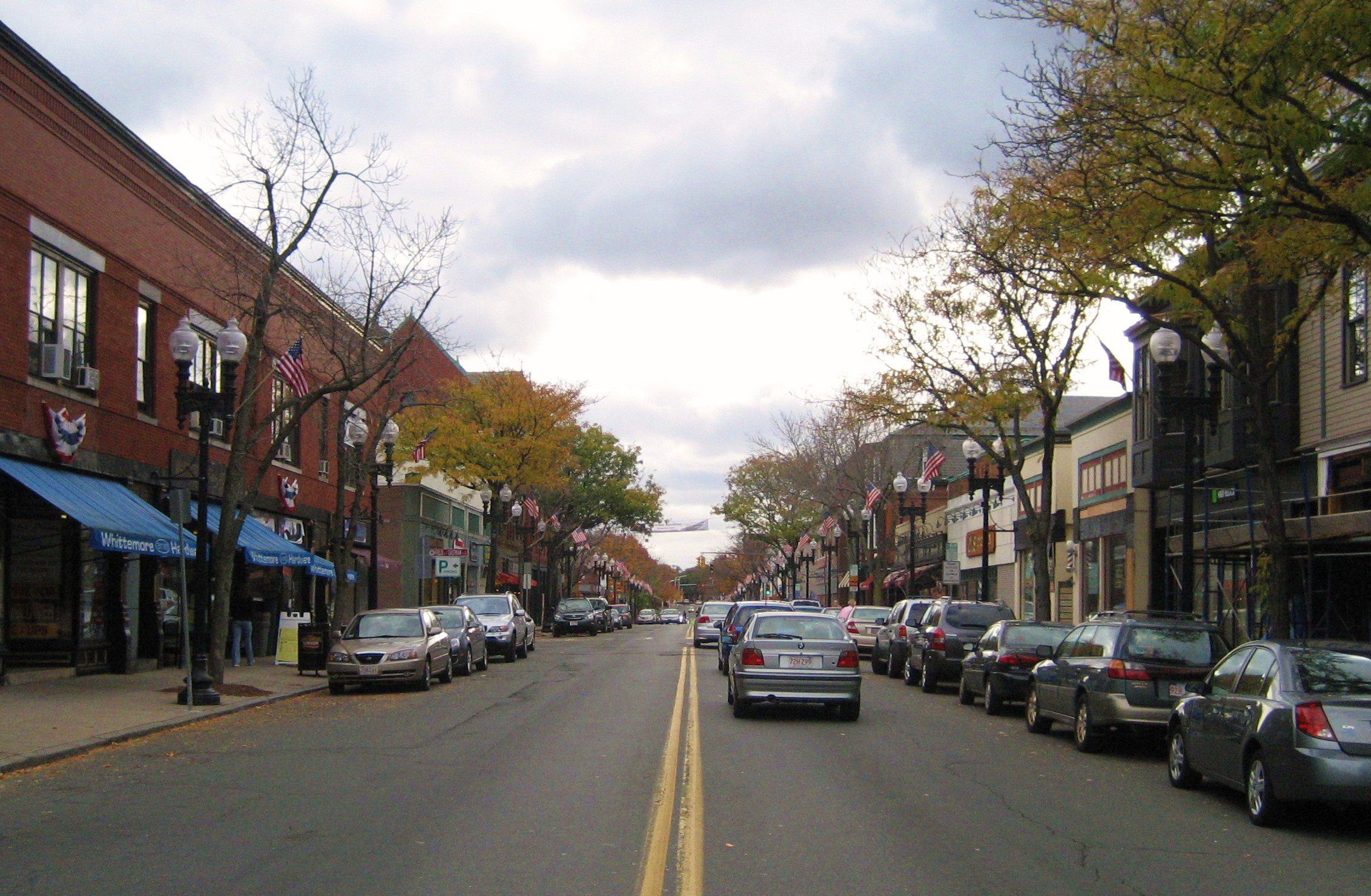
Residents per Charger: 969
Total Chargers: 7,223
Massachusetts is absolutely embracing electric vehicles. In fact, in August 2022, Governor Baker signed a historical climate bill, requiring that all new vehicles sold within Massachusetts have to be electric by 2035. In Boston alone, there were 915 residents per charger, and 6,516 total chargers in 2023. That’s no small feat.
4th Best: Colorado

Residents per Charger: 1,050
Total Chargers: 5,599
Colorado is cruising along with great success in the electric vehicles scene. As of 2023, Denver, had 804 residents per charger and 5,094 total chargers. In fact, tracing back to 2018, Colorado revealed a plan to shift thousands of Colorado residents into using electric vehicles by 2030, while also boosting the market share of light duty electric vehicles to almost 100% by 2050. It’s clear to see that Colorado is on an encouraging trajectory.
5th Best: Maryland

Residents per Charger: 1,187
Total Chargers: 5,207
Maryland is playing its own part in the electric vehicle friendly game with Baltimore alone accounting for 953 residents per charger, and 2,742 total chargers in 2023. A potential contributing factor for these numbers is that there is a federal income tax credit of up to $7,500 for the purchase of a qualifying electric vehicle, or even plug-in hybrid. Maryland will also offer a rebate of up to 50% of the total cost of electric vehicle charging equipment and installation. That breaks down to a rebate of up to $700 for individuals, and then $5,000 for businesses.
Trending on Cheapism
6th Best: Oregon

Residents per Charger: 1,295
Total Chargers: 3,268
Meanwhile, Oregon has also been making notable strides toward playing a major role in the electric vehicle scene. It’s reported that Oregon’s likely to surpass its goal of hitting 90% for all sales being electric by 2035. This is a result of energy polices, the steadily evolving electric vehicles market, and then The Oregon Department of Environmental Quality’s Oregon Clean Vehicle and Charge Ahead Rebate programs. These can end up saving Oregon residents up to $7,500 on their purchases or leasing of an electric vehicle that qualifies. Plus, Oregon residents can then receive upwards of $2,500 for the purchase or lease of an electric vehicle that qualifies.
7th Best: Washington
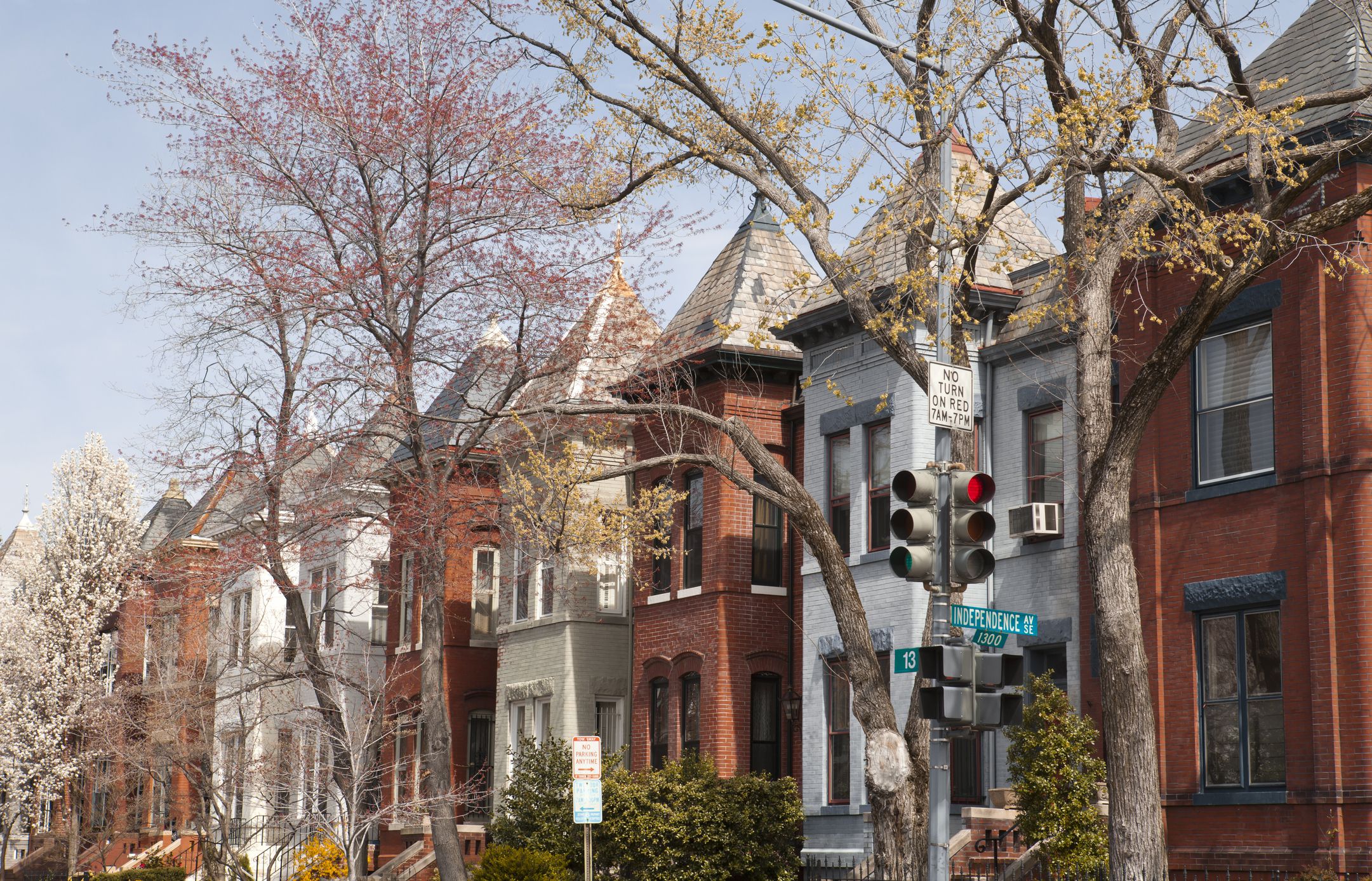
Residents per Charger: 1,300
Total Chargers: 6,008
Washington continues to make gains in the electric vehicle scene as well. Seattle, Washington specifically had 984 residents per charger, and then 4,941 total chargers available in 2023. It’s reported that 18% of Washington’s new car sales in the first half of 2023 were either fully electric cars or plug-in hybrids.
8th Best: Maine

Residents per Charger: 1,313
Total Chargers: 1,063
Maine is holding its own in terms of contributing toward the surge in electric vehicles, while making it easier than ever for anyone who wants to drive an electric vehicle to find the nearest charging station through using a phone app like Plugshare to pinpoint their location and then find that charge.
Sign up for our newsletter
9th Best: Rhode Island

Residents per Charger: 1,427
Total Chargers: 768
Rhode Island is committed to incentivizing folks to drive electric vehicles. This commitment shines through in its Electric Vehicle Charging Station Incentive, which serves as the primary incentive in Rhode Island. The plan offers a refund of up to 100% of the installation cost of any level 2 chargers.
For more auto stories, sign up for our free newsletters.
10th Best: Connecticut

Residents per Charger: 1,475
Total Chargers: 2,452
Connecticut is doing what it can to keep building on the electric vehicle momentum by offering its electric vehicle driving residents tax incentives for all-electric, plug-in hybrid, and fuel electric cars that are purchased in 2023. This translates to the potential eligibility of receiving a federal income tax credit of up to $7,500 or $4,000 for a new or used electric vehicle that’s eligible.
10th Worst: Mississippi
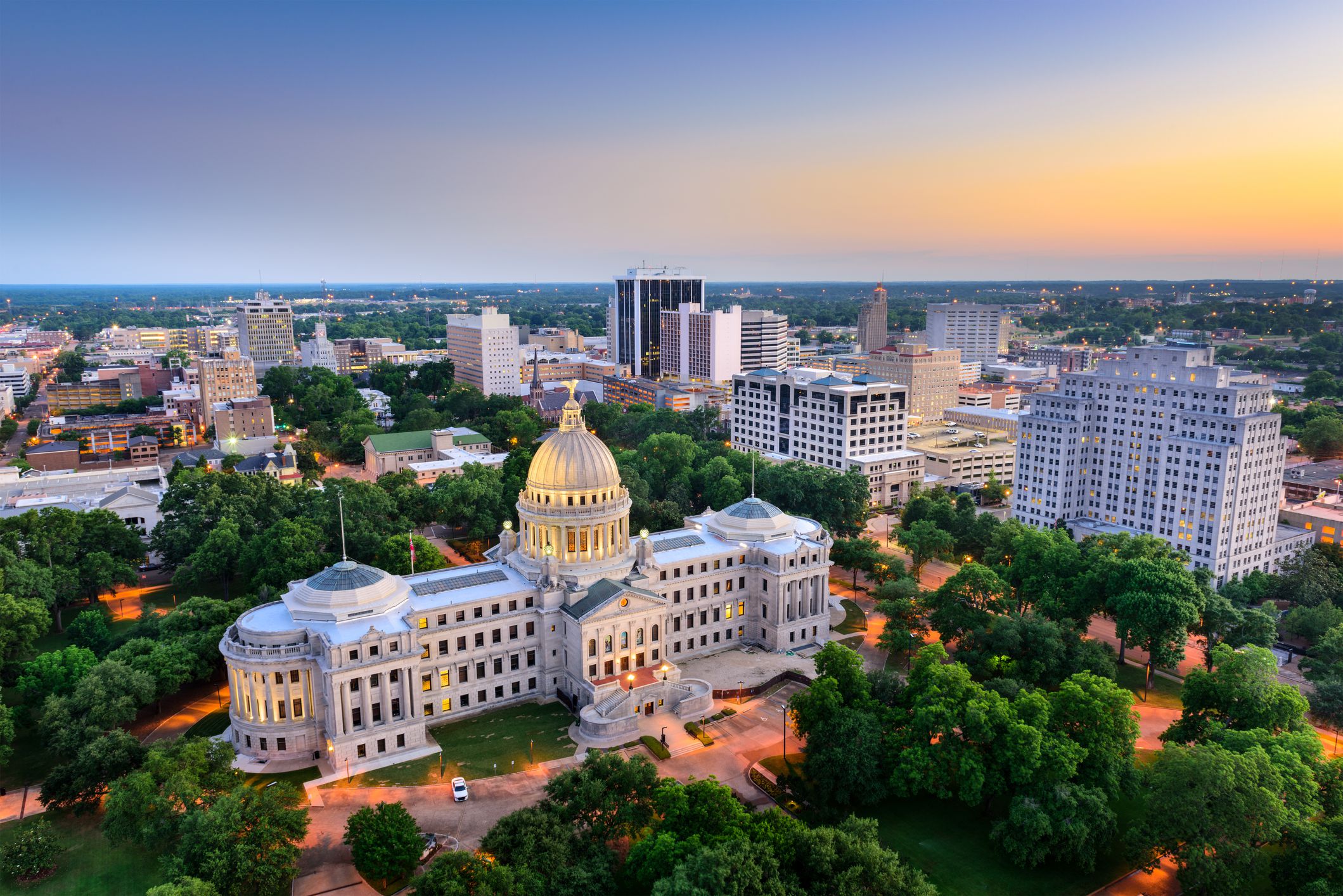
Residents per Charger: 7,016
Total Chargers: 419
Mississippi certainly isn’t in line to win any awards at this point for its contribution toward the electric vehicles scene. Only around 3 out of every 10,000 people in the state own an electric vehicle. This is the lowest ratio out of any state in the nation.
9th Worst: Louisiana
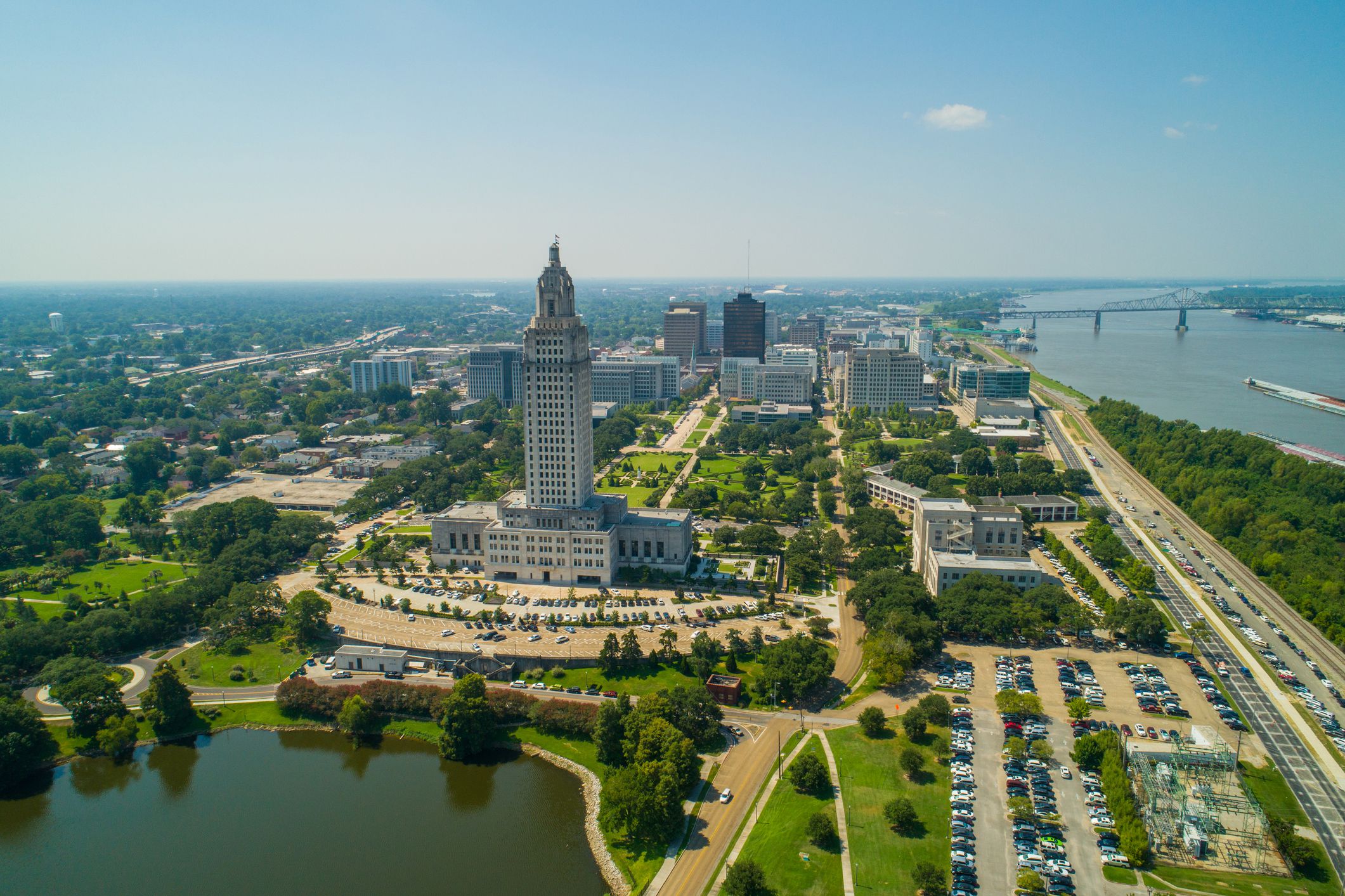
Total Chargers: 702
Louisiana runs a close second for being the worst state in the nation when it comes to supporting electric vehicles. There is one charger for every 9,144 residents. Just compare that to the national average, which is one charger per 2,280 residents.
8th Worst: Alaska

Total Chargers: 123
At this point in the game Alaska has a long way to go until it’s truly up to speed in terms of supporting the electric vehicles scene. This could be because the electric vehicle batteries don’t operate as well in the cold. It’s reported that winter temperatures in Alaska can end up draining some electric vehicle batteries by more than 30%.
7th Worst: Kentucky

Residents per Charger: 5,520
Total Chargers: 820
Kentucky will really need to reassess its whole take on “incentivizing” residents to take up with electric vehicles if there’s going to be any notable change. As it stands right now, anyone who owns an electric vehicle in Kentucky now pays two taxes, whereas someone who owns a gas-powered vehicle only pays one. Ouch.
6th Worst: Alabama

Residents per Charger: 4,674
Total Chargers: 1,093
Much like other states that are struggling to increase the amount of electric vehicles that are on the road, Alabama doesn’t seem too keen at all on incentivizing residents through things like tax credits to drive electric vehicles. When that changes, we’d assume the momentum would shift in the other direction as well.
5th Worst: Indiana
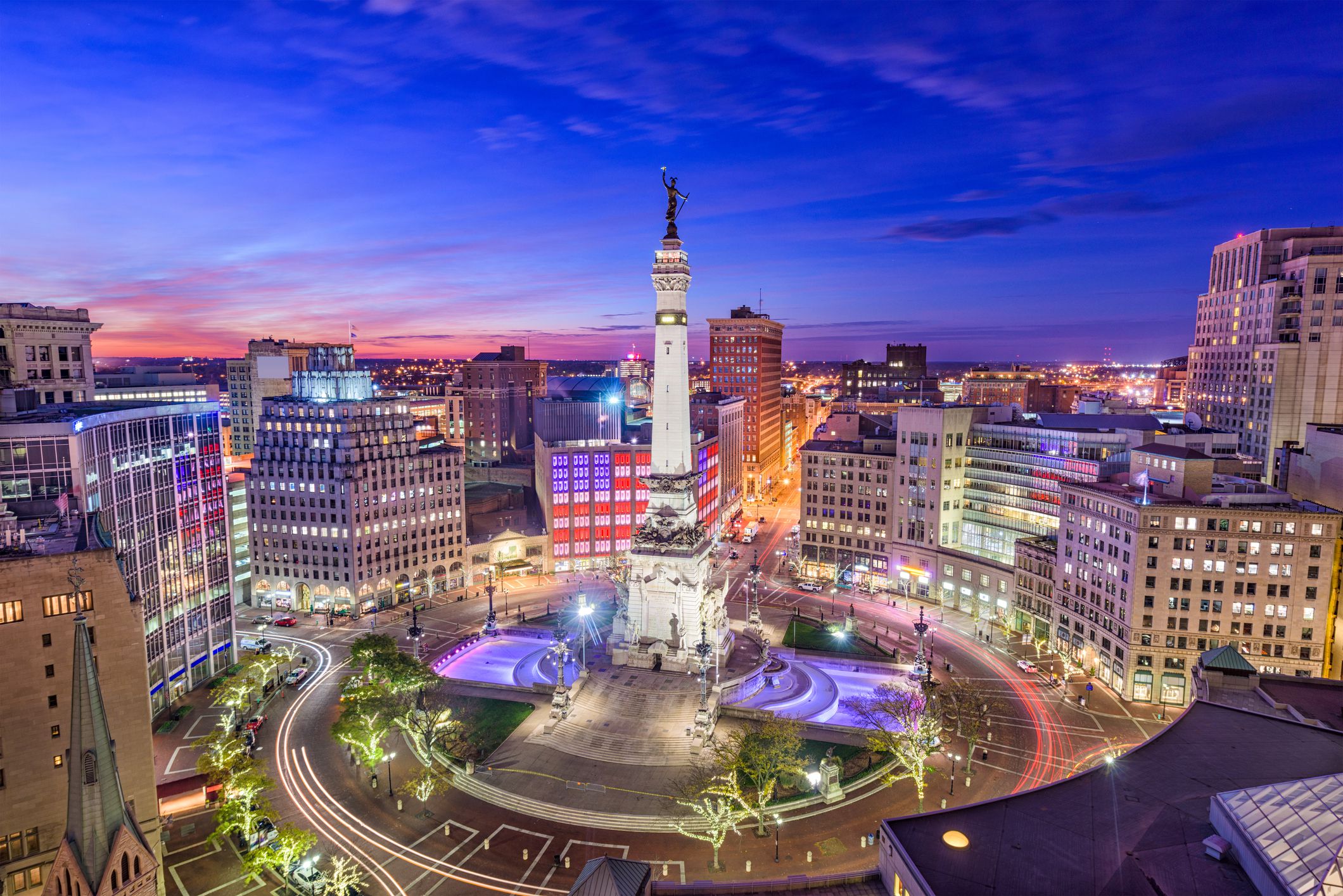
Residents per Charger: 4,404
Total Chargers: 1,558
Perhaps one of the biggest obstacles to Indiana getting itself off the list of the worst states for electric vehicles, is that it funds its roads primarily through gasoline taxes. That could tend to slow things down when it comes to more electric vehicles hitting the roads.
4th Worst: West Virginia

Residents per Charger: 4,204
Total Chargers: 421
West Virginia is also having its struggles with getting people excited (or interested at all) about purchasing an electric vehicle. As in keeping with the trend, this can be attributed toward the lack of incentives its providing its drivers to purchase an electric vehicle.
3rd Worst: Wisconsin

Residents per Charger: 4,060
Total Chargers: 1,456
Even though Wisconsin still isn’t holding down a spot with the other “best” states for electric vehicles it has seen an encouraging shift in the other direction. Over 15,700 electric vehicles were registered across the state, which marked an increase of over 74% in 2022 vs. 2021. We can only assume that things are still cruising along in the right direction as we move through 2024.
2nd Worst: South Dakota

Residents per Charger: 3,879
Total Chargers: 237
A large part of why South Dakota’s seen the struggles that it has when it comes to increasing the number of electric vehicles on the road is that the supply chain itself is struggling. That, and the more extreme winter temperatures make potential electric vehicle drivers wary about experiencing dangerous issues while on the road. Very similar to that in which is experienced in Alaska.
Worst: Idaho

Residents per Charger: 3,822
Total Chargers: 514
And to wrap it all up we have Idaho. There has been minimal adoption by folks when it comes to purchasing electric vehicles, and a major factor in this is the lack of incentives (again). There are no electric tax rebates in Idaho that are offered for owners who want to drive electric vehicles.
